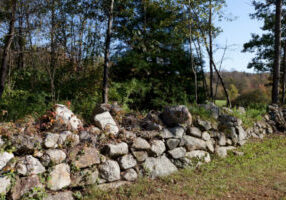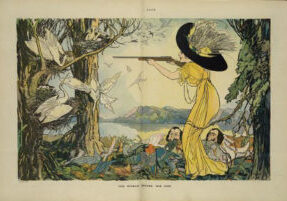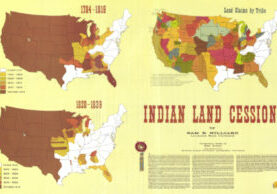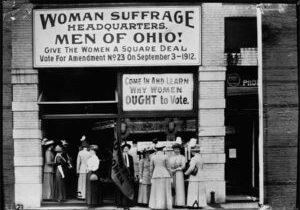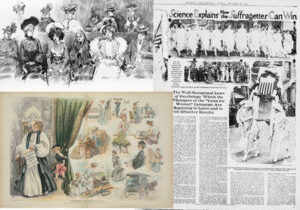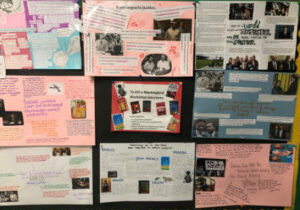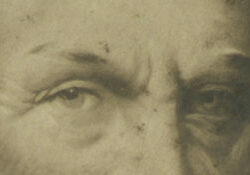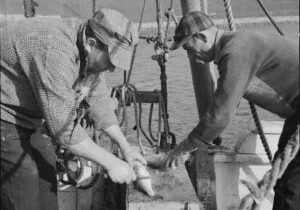Lesson Plans
Do Good Fences Make Good Neighbors?
By pairing primary sources with poetry, students consider the proverb, “Good fences make good neighbors” in the context of their own lives as well as in a local, national or global context.
Map: Poetry & Environmental Justice
Students analyze NASA images depicting climate change and maps denoting Indian land cessions*, then read the poem "Map" by Linda Hogan. After, students discuss how the poem, images, and maps provide context to the theme of environmental justice. Students follow up and take action by researching local instances of environmental justice / injustice and write to one or more community leaders, expressing their opinion on an issue.
* compiled primarily from reports contained in Library of Congress collections
